
The AI personalisation imperative: Putting people first with AI
It’s time to look at how AI personalisation can be a key driver in creating more bespoke user experiences.

It’s time to look at how AI personalisation can be a key driver in creating more bespoke user experiences.

There’s a key question on many IT leaders’ minds: can we really trust AI-driven security at scale?
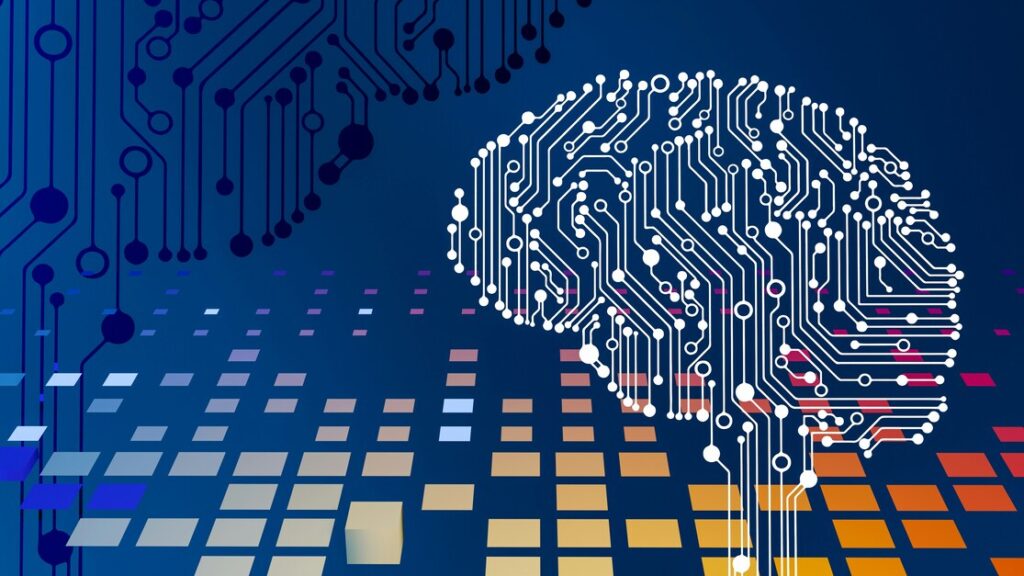
Generative AI has become the quiet revolution underpinning the modern workplace. Back in early 2024, Getronics mapped out just how this technology is transforming everything from HR processes to the very fabric of our digital workplaces. Let’s dive into what that means for organisations today, and how you can harness it effectively.

Conversations with senior leaders across Brazil’s largest financial institutions confirm one undeniable truth: innovation is the very foundation of competitiveness. We’re looking at the future of finance.
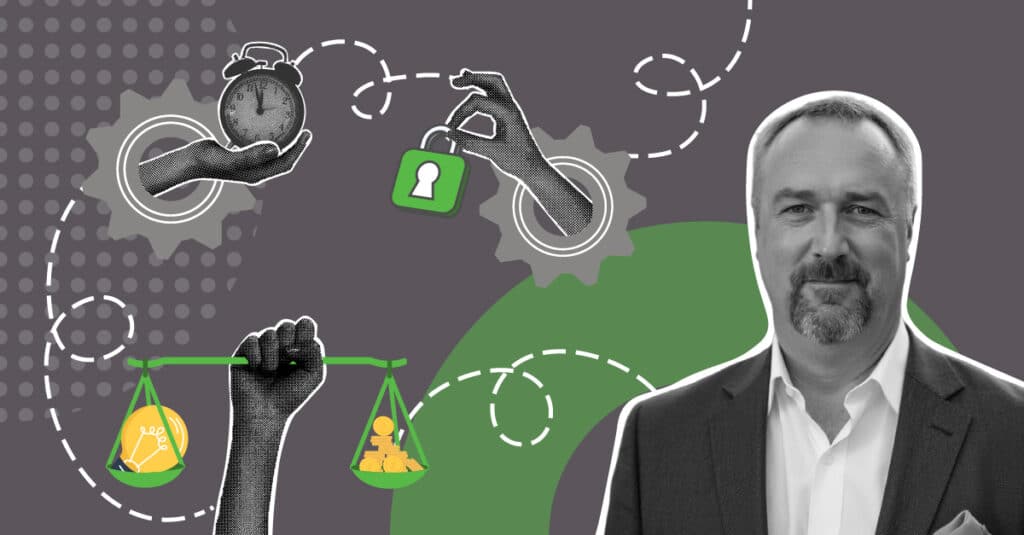
Artificial intelligence is emerging as one of the defining forces of our age. The question is whether it will remain a tool in our hands or drift into the role of the next great authority, shaping society in ways that escape scrutiny.
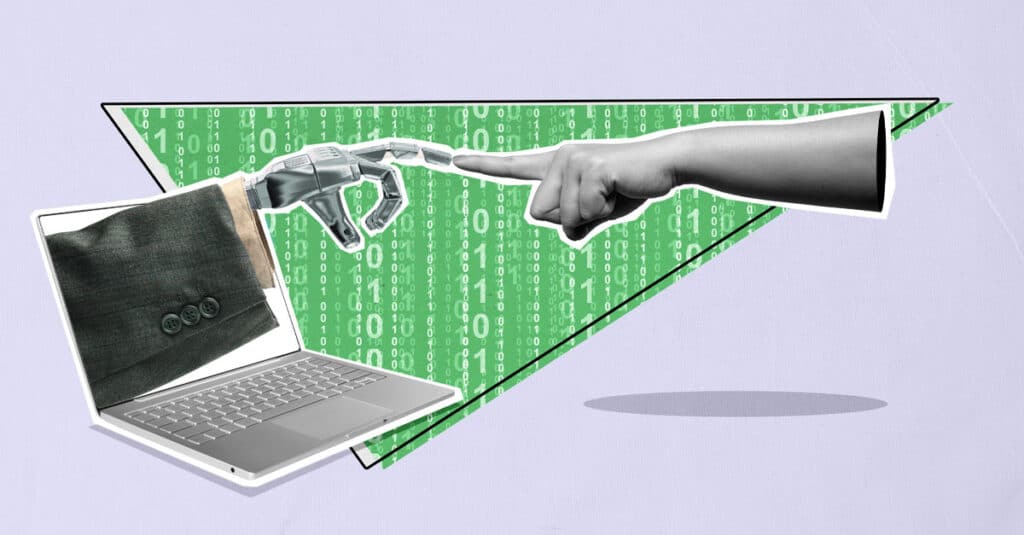
In the workplace, companies have been struggling for years to overcome shortfalls in skills and knowledge. How can AI multiply skills in the workplace?
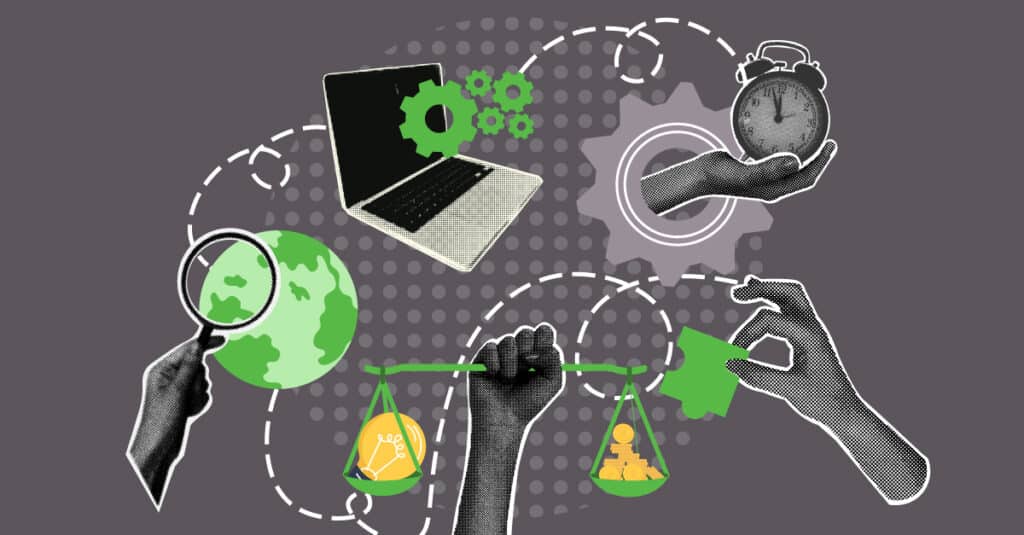
78% of enterprises have already integrated or plan to integrate generative AI, and many are also piloting AI agents and other forms of AI in daily operations.

The question isn’t whether AI will change the workplace. It’s what type of workplace you want to create when it does, one where people can thrive through a strong working relationship with AI.
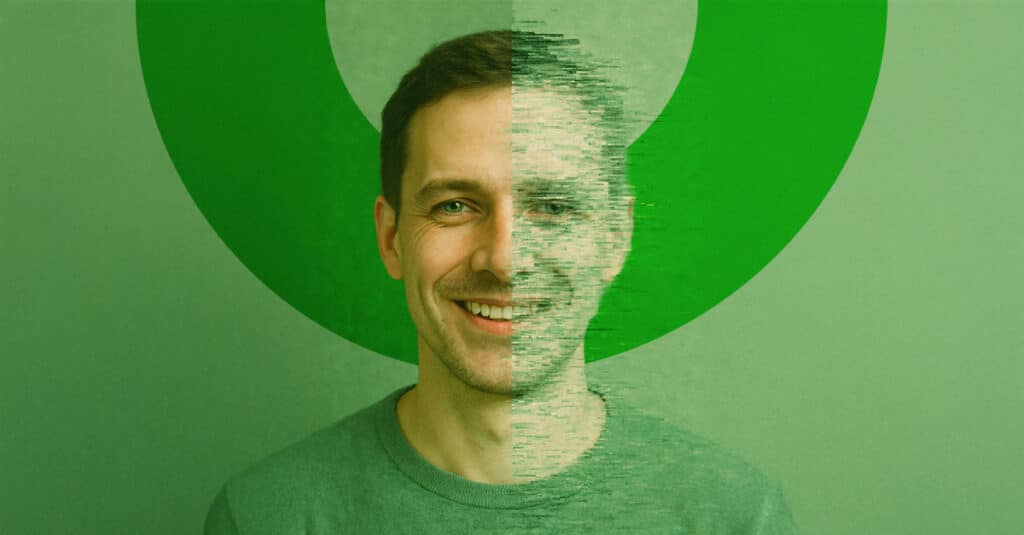
Anthropic, the firm behind Claude AI, revealed it prevented cyberattacks using its generative AI platform from succeeding, “Hackers tried to abuse Claude AI tool to draft phishing content, craft malware, bypass safety filters, and even coordinate influence campaigns.”
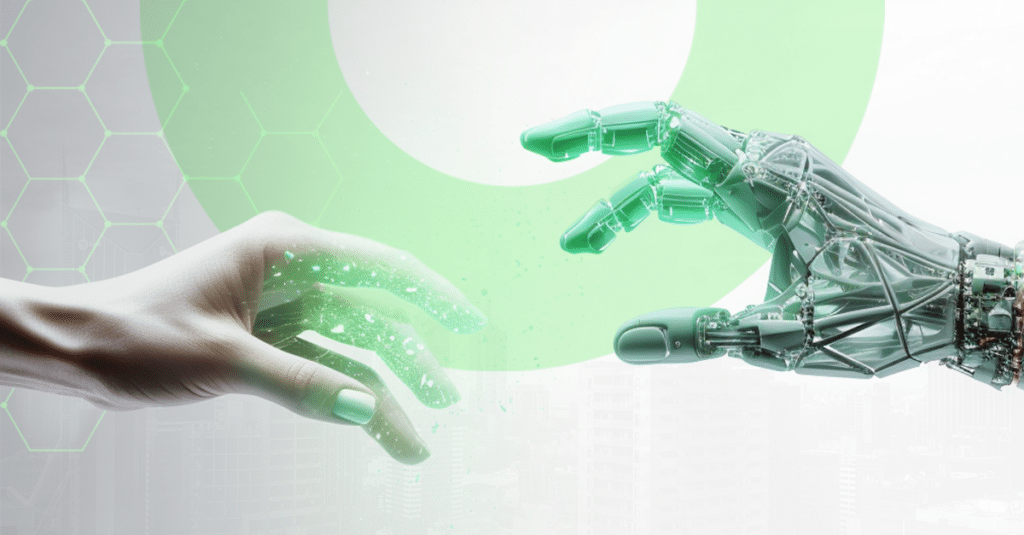
Key compliance deadlines have now passed, a voluntary Code of Practice for general-purpose AI has been launched, and Europe has unveiled a significant investment programme aimed at strengthening its AI capabilities.
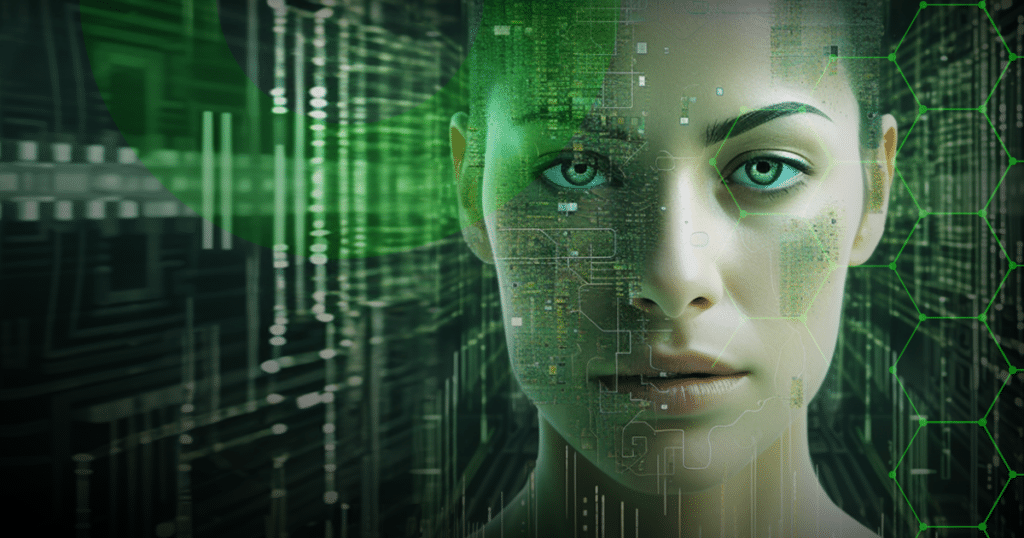
As business applications evolve from basic operational tools into intelligent, connected ecosystems, two capabilities are becoming increasingly critical: real-time communication and intelligent automation.
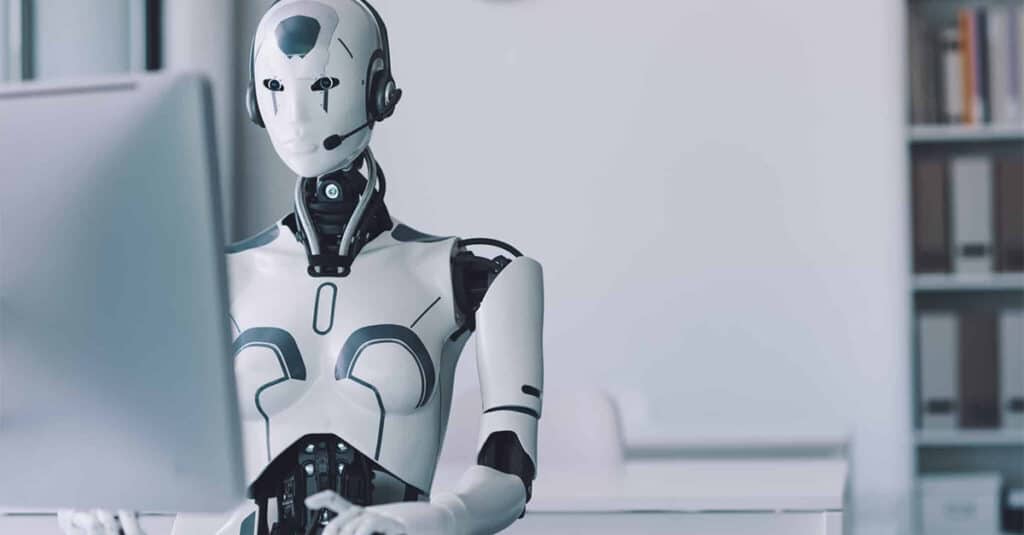
DeepSeek AI has hit the stage as a new ChatGPT style alternative. Developed in China, and released recently, DeepSeek has disrupted the dominance of western AI companies over the landscape.

A new year has arrived, and we’re about to embark on a 12-month journey to technology transformation! So, what can we expect from 2025, and how can you utilize the top tech trends of 2025 for your business?
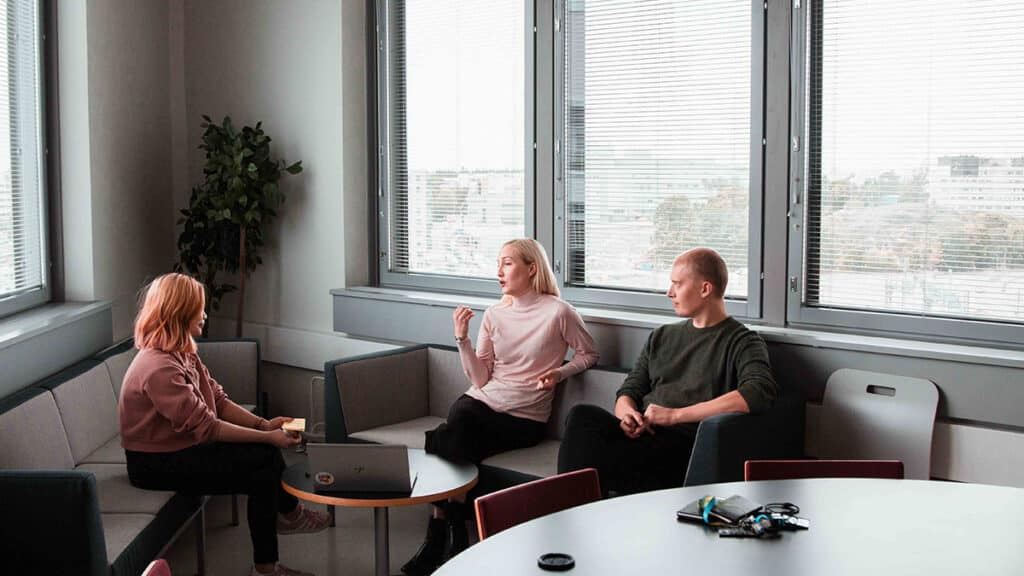
For 2025 there are technology trends on the horizon the sector needs to keep in mind and start preparing for.

Artificial Intelligence (AI) has swiftly revolutionised industries, economies, and societies across the globe. Acknowledging both the vast potential and the intrinsic risks of AI technology, the European Union (EU) has initiated comprehensive legislation to govern the development and utilisation of AI

The overarching goal of implementing AI into customer-facing channels is simple—to improve the customer experience and make them aware of needs that they didn’t know they had.

The evolution of AI in medicine has not only showcased the potential of cutting-edge technology to revolutionise healthcare but also presented a set of challenges that need to be addressed.
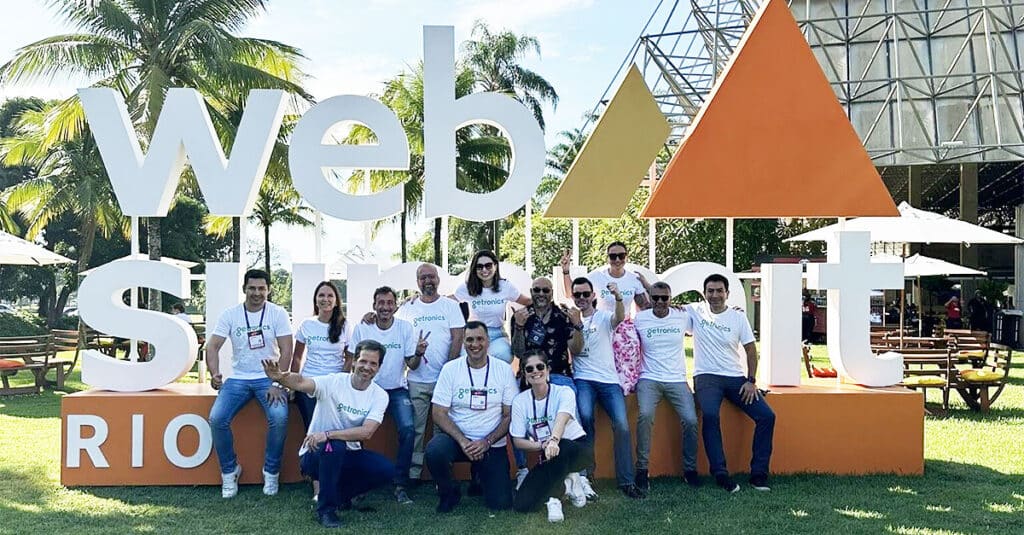
Senior executives from Getronics and OneReach.AI reflect on the conversations and insights from Web Summit Rio 2024, one of the leading technology events that took place on Rio de Janeiro, Brazil, from April 15th to 18th.
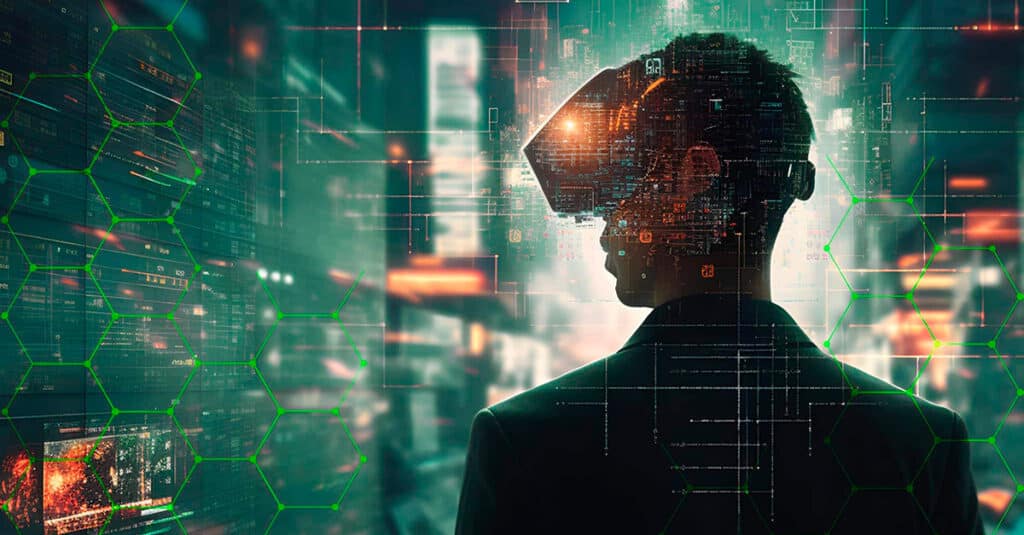
Not all AI is created equal, and as adoption becomes more widespread, businesses who use AI are increasingly looking to sharpen their competitive edge.

Nitin Bhudia, Director of Innovation at Getronics, alludes to the upcoming innovations that Getronics will showcase alongside its strategic partner, OneReach.AI, at the Web Summit Rio.

It’s time to look at how AI personalisation can be a key driver in creating more bespoke user experiences.

There’s a key question on many IT leaders’ minds: can we really trust AI-driven security at scale?

Generative AI has become the quiet revolution underpinning the modern workplace. Back in early 2024, Getronics mapped out just how this technology is transforming everything from HR processes to the very fabric of our digital workplaces. Let’s dive into what that means for organisations today, and how you can harness it effectively.

Conversations with senior leaders across Brazil’s largest financial institutions confirm one undeniable truth: innovation is the very foundation of competitiveness. We’re looking at the future of finance.

Artificial intelligence is emerging as one of the defining forces of our age. The question is whether it will remain a tool in our hands or drift into the role of the next great authority, shaping society in ways that escape scrutiny.

In the workplace, companies have been struggling for years to overcome shortfalls in skills and knowledge. How can AI multiply skills in the workplace?

78% of enterprises have already integrated or plan to integrate generative AI, and many are also piloting AI agents and other forms of AI in daily operations.

The question isn’t whether AI will change the workplace. It’s what type of workplace you want to create when it does, one where people can thrive through a strong working relationship with AI.

Anthropic, the firm behind Claude AI, revealed it prevented cyberattacks using its generative AI platform from succeeding, “Hackers tried to abuse Claude AI tool to draft phishing content, craft malware, bypass safety filters, and even coordinate influence campaigns.”

Key compliance deadlines have now passed, a voluntary Code of Practice for general-purpose AI has been launched, and Europe has unveiled a significant investment programme aimed at strengthening its AI capabilities.

As business applications evolve from basic operational tools into intelligent, connected ecosystems, two capabilities are becoming increasingly critical: real-time communication and intelligent automation.

DeepSeek AI has hit the stage as a new ChatGPT style alternative. Developed in China, and released recently, DeepSeek has disrupted the dominance of western AI companies over the landscape.

A new year has arrived, and we’re about to embark on a 12-month journey to technology transformation! So, what can we expect from 2025, and how can you utilize the top tech trends of 2025 for your business?

For 2025 there are technology trends on the horizon the sector needs to keep in mind and start preparing for.

Artificial Intelligence (AI) has swiftly revolutionised industries, economies, and societies across the globe. Acknowledging both the vast potential and the intrinsic risks of AI technology, the European Union (EU) has initiated comprehensive legislation to govern the development and utilisation of AI

The overarching goal of implementing AI into customer-facing channels is simple—to improve the customer experience and make them aware of needs that they didn’t know they had.

The evolution of AI in medicine has not only showcased the potential of cutting-edge technology to revolutionise healthcare but also presented a set of challenges that need to be addressed.

Senior executives from Getronics and OneReach.AI reflect on the conversations and insights from Web Summit Rio 2024, one of the leading technology events that took place on Rio de Janeiro, Brazil, from April 15th to 18th.

Not all AI is created equal, and as adoption becomes more widespread, businesses who use AI are increasingly looking to sharpen their competitive edge.

Nitin Bhudia, Director of Innovation at Getronics, alludes to the upcoming innovations that Getronics will showcase alongside its strategic partner, OneReach.AI, at the Web Summit Rio.